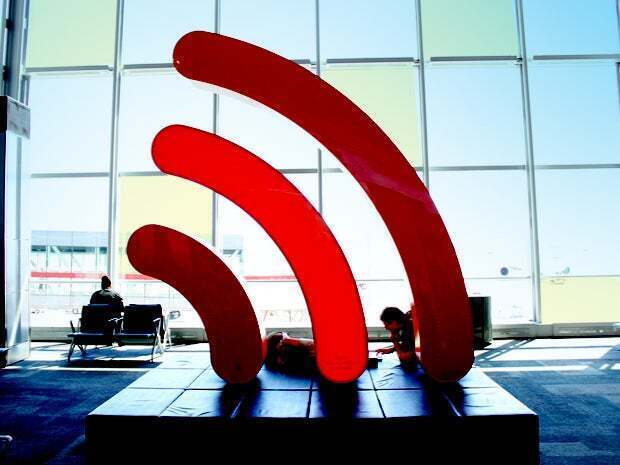- Are wind power generators actually viable at home? My buying advice after months of testing
- AT&T has a new cheaper wireless plan for seniors - how to tell if you qualify
- #Infosec2025: Concern Grows Over Agentic AI Security Risks
- Tech prophet Mary Meeker just dropped a massive report on AI trends - here's your TL;DR
- I replaced my Pixel 9 Pro with this midrange Android phone - and don't regret it
Wi-Fi 7 test tops 5Gbps using Intel, Broadcom equipment

A test using an Intel-based laptop and a Broadcom-based Wi-Fi 7 access point topped the 5Gbps mark for the first time, according to Intel. The company said this week that the test represents an important milestone in Wi-Fi 7 development.
According to Intel, this was the industry’s first cross-vendor Wi-Fi 7 demonstration, which is critical for a standard that will cover equipment produced by a myriad of different vendors, all of which has to work together seamlessly.
Wi-Fi 7, also known as 802.11be, introduces a host of new features to the venerable Wi-Fi standard, using the 6GHz spectrum to provide the possibility of much wider—up to 320MHz—channels for vastly increased throughput, multilink operation for much more efficient use of available spectrum, and 4K QAM (quadrature amplitude modulation) data modulation.
Multilink enables high throughput in Wi-Fi 7
While the wider channels and modulation features are important, the true headliner in Wi-Fi 7 is multilink, which essentially lets individual connections use two separate channels at the same time. This works in two different modes. Alternating multilink uses one channel for upload and the other for download, enabling a much higher-throughput connection than a standard single link, while simultaneous multilink has both channels sending up and down at the same time, for increased frequency agility and consequently lower latency.
Intel said that Wi-Fi 7 is to be the platform “for the next 10 years of wireless experiences,” citing the aforementioned higher speeds and lower latency. These features could enable not just better Wi-Fi experiences, but a whole new breed of application, including augmented reality (AR), extremely responsive gaming, media streaming in up to 16K definition—all while supporting a much larger number of devices per access point than current-generation Wi-Fi.
IDC research director Phil Solis said that Intel and Broadcom’s results mean that new products can be developed as testbeds for further Wi-Fi 7 development.
“Wi-Fi 7 is the most powerful and capable Wi-Fi protocol yet and will allow Wi-Fi to continue to serve the most demanding applications in the consumer and vertical markets with the highest level of determinism yet,” he said in an Intel press release.
The projected completion date for the official Wi-Fi 7 standard is mid-2024, but some experts say that prestandard gear could begin to appear in the marketplace sometime in 2023. Given the speed at which enterprises have adopted Wi-Fi 6, the pace of uptake for Wi-Fi 7 could be quite rapid.
Copyright © 2022 IDG Communications, Inc.

